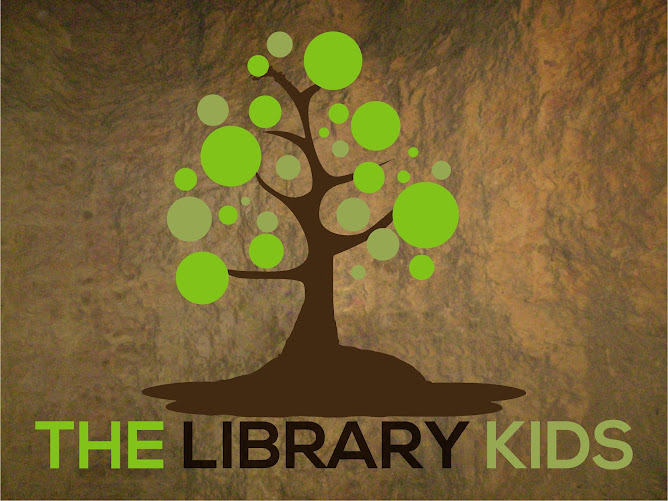According to Wikipedia:
Saturn is the sixth planet from the Sun and the second largest planet in the Solar System, after Jupiter. Named after the Roman god of agriculture, Saturn, its astronomical symbol (♄) represents the god's sickle. Saturn is a gas giant with an average radius about nine times that of Earth.[10][11] While only one-eighth the average density of Earth, with its larger volume Saturn is just over 95 times more massive than Earth.
Saturn has at least 62 moons, 53 of which have formal names.[78] Titan, the largest, comprises more than 90% of the mass in orbit around Saturn, including the rings.[79] Saturn's second largest moon, Rhea, may have a tenuous ring system of its own,[80] along with a tenuous atmosphere. Many of the other moons are very small: 34 are less than 10 km in diameter and another 14 less than 50 km but larger than 10 km.[85] Traditionally, most of Saturn's moons have been named after Titans of Greek mythology. Titan is the only satellite in the Solar System with a major atmosphere in which a complex organic chemistry occurs. It is the only satellite with hydrocarbon lakes.[88][89]
Saturn's moon Enceladus has often been regarded as a potential base for microbial life Evidence of this life includes the satellite's salt-rich particles having an "ocean-like" composition that indicates most of Enceladus's expelled ice comes from the evaporation of liquid salt water.
by Rita Jean Moran (www.thelibrarykids.com)
Sources:
http://en.wikipedia.org/wiki/Saturn





No comments:
Post a Comment